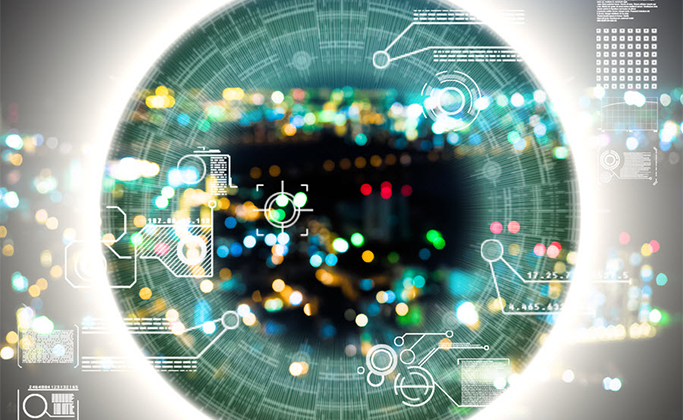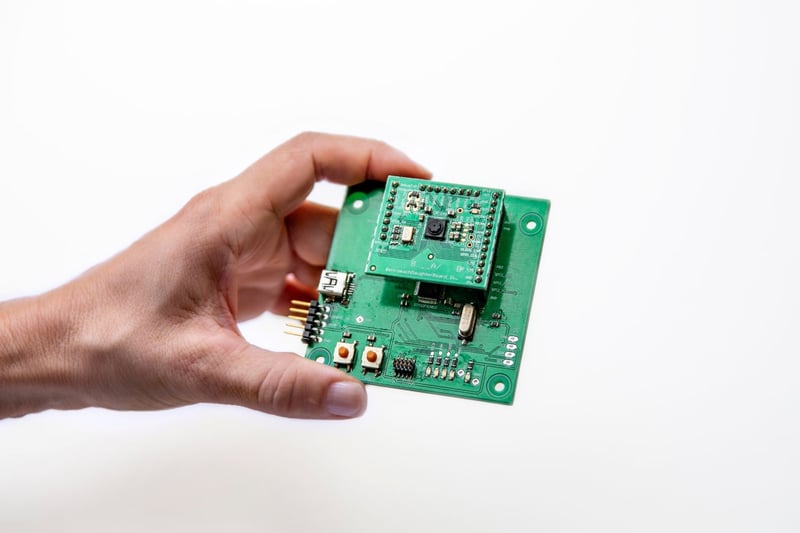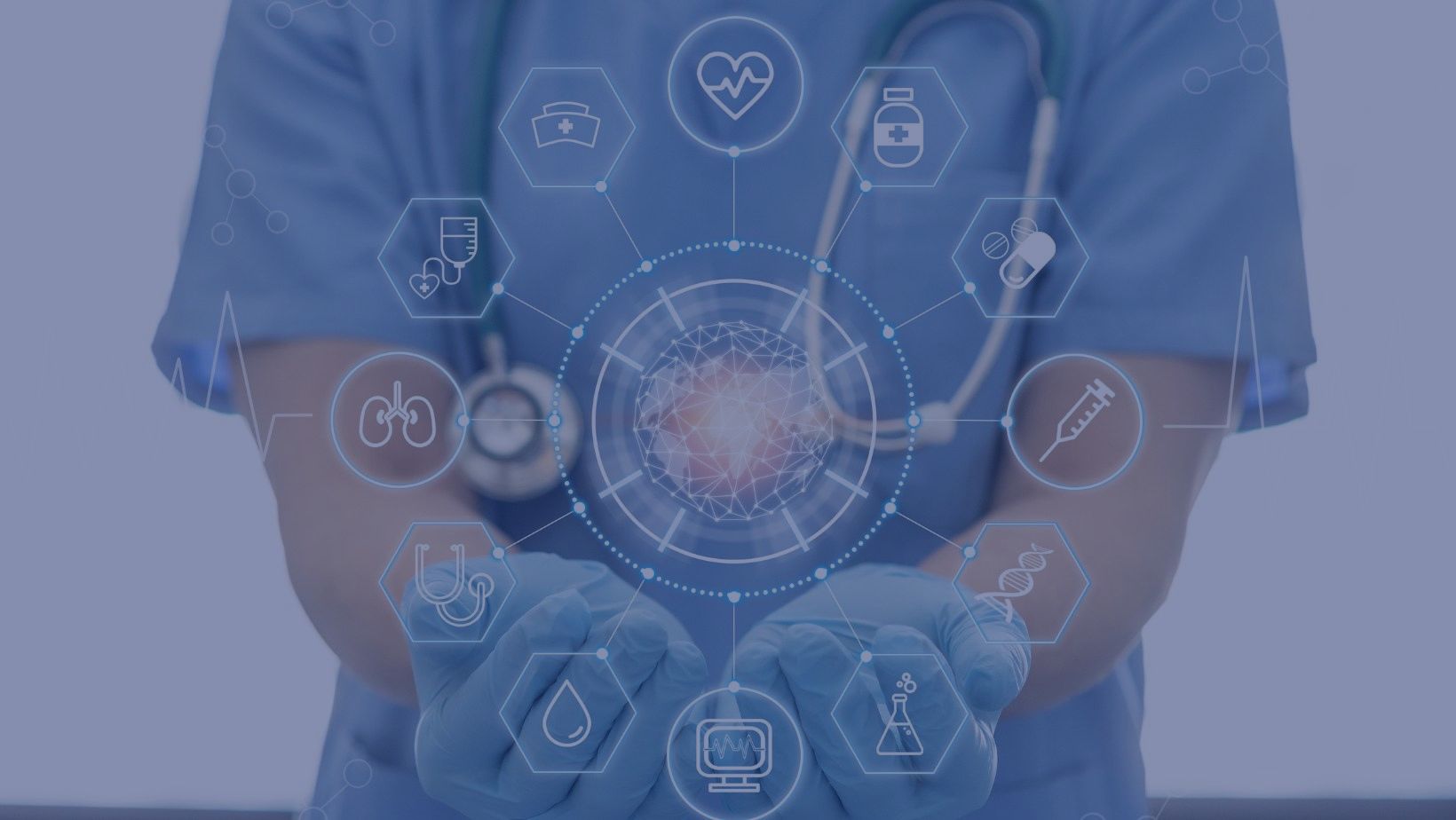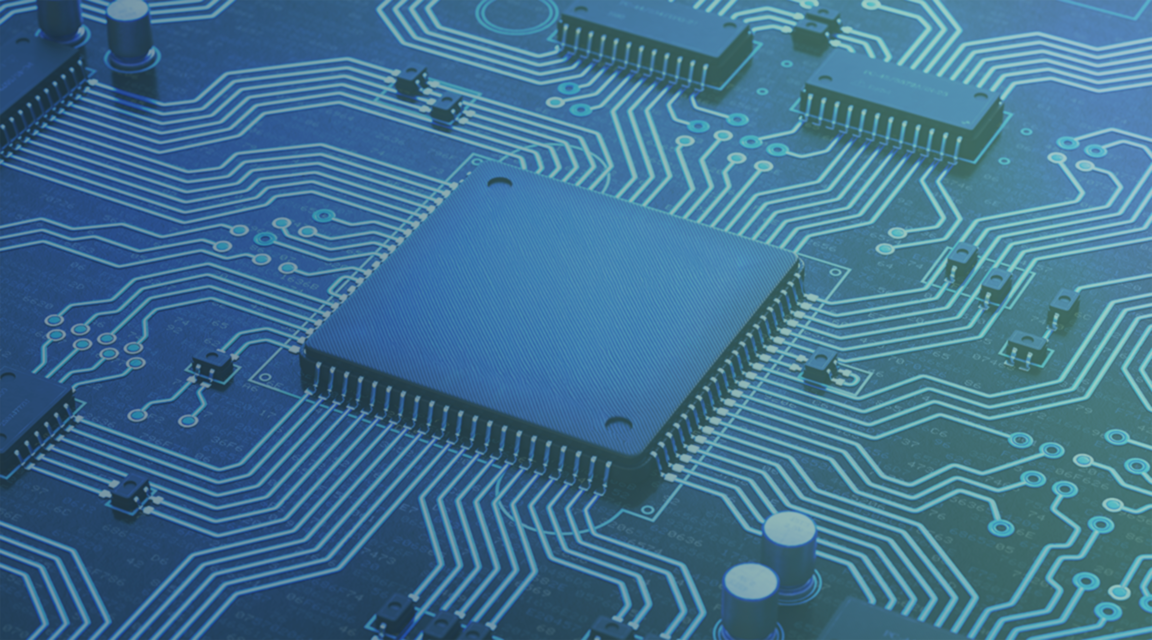The Internet of Things (IoT) has revolutionized the way we interact with our environment. It enables us to connect and automate devices in buildings and infrastructure for better management, efficiency, and safety.
Cameras and light sensors are among the most important sensors in IoT devices because they allow the device to observe the surroundings and perform various tasks. This can go from traffic management to lighting control. However, high-resolution sensors are not always the optimal solution for privacy and cost-efficiency reasons.
That's where the smart low-resolution vision sensor comes in. It combines the best of both worlds by providing only relevant information while preserving privacy and optimizing energy harvesting. Let’s discuss some suitable applications for smart low-resolution image sensors and how Presto Engineering’s Heimdall IP addresses these challenges.
.jpg?width=1000&height=446&name=Automotive%20shutterstock_1662873121%20(1).jpg)
1°) Building and Infrastructure Automation
Among the most important sensors in the IoT device are cameras and light sensors. They enable smart and connected devices to literally observe the environment in order to carry out a wide range of tasks. An example is the smart management of traffic congestion at streetlights. Or even economically and environmentally responsible lighting management in smart buildings, homes, and neighborhoods.
Using high-resolution sensors are commonly used in many industries. However, they are not always the best solution due to privacy and efficiency concerns.
Presto Engineering’s Heimdall IP helps to speed the development of low-resolution image sensors that pick up just the necessary pieces of information. For example, the presence of humans versus objects in factory lines or the direction of a flow of people, while at the same time preserving individual privacy. By using a sufficiently low resolution to prohibit any facial recognition, these tools reflect the privacy-by-design principle introduced by GDPR and other data protection regulations.

2°) Security, Surveillance and Safety
Building and infrastructure automation have similar requirements for security and safety. Smart homes provide security against potential physical and digital intruders to keep inhabitants safe. Intelligent lighting helps to prevent people from tripping and falling, smart sensors in the kitchen and bathrooms can switch off stoves or water faucets autonomously, and automated windows provide an added convenience to homeowners.
The same is true for smart cities: business districts and neighborhoods are made safer and thus more attractive and accessible. They leverage surveillance that respects visitors' and inhabitants' privacy by using low-resolution image detection without the option for facial recognition. And safety considerations will in the future also have to include adverse weather events caused by climate change, requiring detection and smart processing of water levels and other parameters, another prime example of the utility of low-resolution imaging.
Last but not least, in the smart factory, low-resolution sensors enabled by Heimdall IP from Presto may help to keep workers safe by automatically blackening out welding visors or by implementing emergency stops when a person is detected in dangerous areas.
3°) Production Infrastructure, Test and Measurement
Heimdall's vision capabilities are not only suitable for the detection of people and objects and their direction of movement. They are just as useful and efficient for the evaluation of objects' properties in production and quality assurance.
When deployed in close range, Heimdall's vision is sufficiently accurate to perform quality inspection of, for example, industrial materials or agricultural products. By connecting Heimdall with other sensors and actors and automated processing, a sophisticated quality assurance and sorting process can be implemented, including even parameters such as chemical composition or pesticide levels.

Heimdall Toolbox: Presto Engineering’s Smart Low-Resolution Vision Sensor for Movement Detection
Energy Harvesting Capabilities
Heimdall's low-resolution technology is highly energy efficient and can even be combined with energy-harvesting technology, feeding on energy sourced from the environment, to build a truly autonomous ASIC platform design.
The utilization of low-resolution technology in Heimdall's design allows for the creation of advanced ASICs that require significantly lower power consumption compared to traditional high-resolution designs. This energy efficiency is crucial in addressing the growing demand for power-efficient computing solutions in various domains, such as the Internet of Things.
By incorporating energy-harvesting technology into Heimdall's ASIC platform, it becomes possible to leverage the surrounding environment as a power source. Energy-harvesting techniques like solar and thermal can be integrated into the design, enabling the ASIC to gather and convert ambient energy into usable electrical power. This self-sustainability eliminates the need for external power sources or batteries, making Heimdall's ASIC platform more versatile and autonomous.
A Low-Resolution Camera
In conclusion, smart low-resolution image sensors, such as our IP Heimdall, offer a range of applications that address the challenges of privacy, efficiency, and accuracy in the IoT ecosystem. It addresses several markets in various domains, including building automation, security and safety, and production infrastructure.
Heimdall's low-resolution technology not only addresses privacy concerns but also is highly energy efficient. It can be combined with energy-harvesting technology, making it suitable for autonomous ASIC platform designs that minimize reliance on external power sources.
All these abilities make it a valuable component in the ever-expanding IoT landscape.
 ASIC Design Solutions
ASIC Design Solutions
 IP Platforms
IP Platforms
 Semiconductor Manufacturing
Semiconductor Manufacturing
 Test Services
Test Services

.png)

